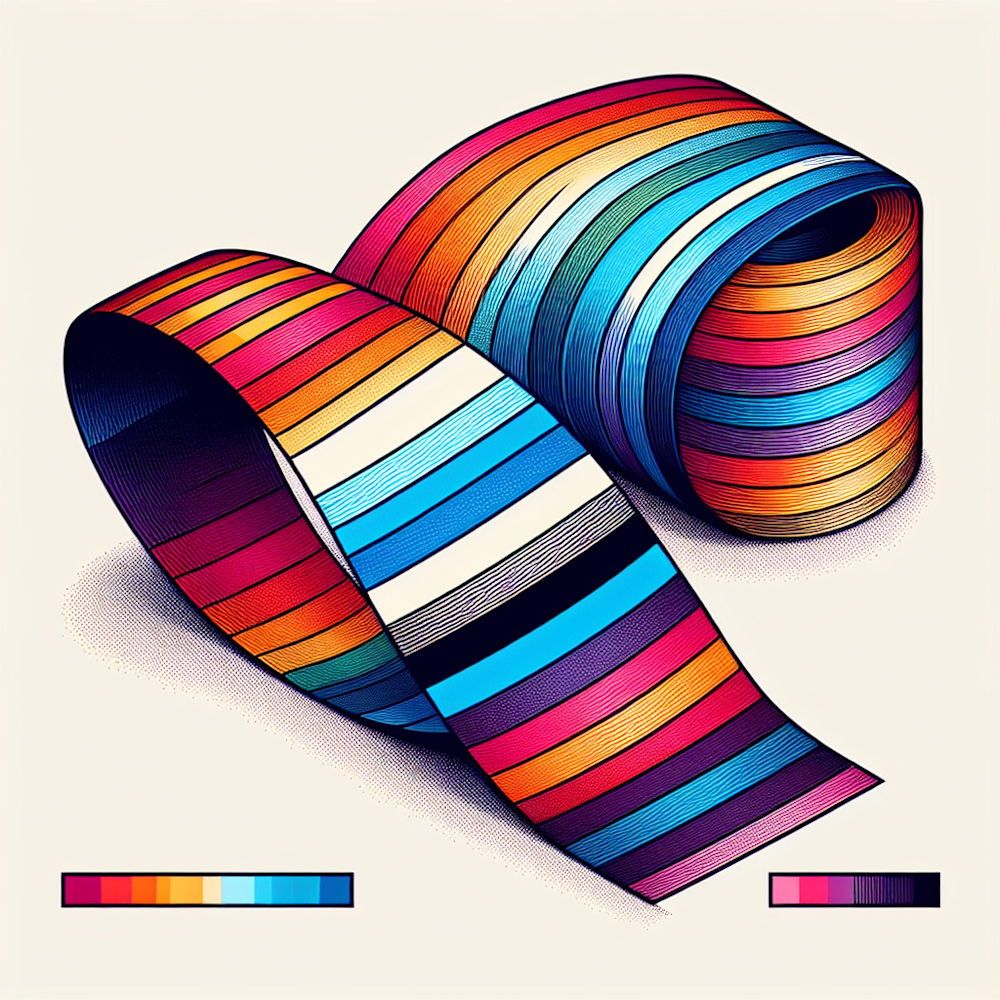Turning Ribbons on Their Heads: A Closer Look at Modern CSS Techniques, Part 2
In the first part of this series, we delved into several creative techniques to bring ribbons to life using CSS. We explored the meticulous journey of transitioning from hacked-up HTML tables and fixed widths to the now slick CSS animations. In this suivant chapter, our focus narrows down to introduce two further ribbon types using the power and might of CSS features, with a dab of masking for a tastefully-orchestrated gradient flair. So, let's roll up them sleeves and dive right into it, shall we?
1. Ribbon Variation #1: The Ombre Lovely
Now, for the first variation, the game plan is the use of gradients established through CSS mask-image property. How’s that, you ask? Well, it begins with the creation of a repeated linear gradient, which is then masked with an ombre gradient from top to bottom. As the gradient becomes transparent, it visually hides the background, creating a captivating ombre effect. This approach presents a relatively simple and effective way to add gradient visual effects to website design.
2. Ribbon Variation #2: Stripe Savvy
Next, we arrive at our second ribbon variation - the Stripe Savvy. Like a zebra in a lion's den, the stripes stand out with striking allure. How does the magic happen? It's all thanks to CSS gradients. By switching the direction of the repeat gradient from horizontal to a vertical one, we easily sport vertical lines to establish the stripe effect. Instead of a gradual blend as with the ombre, this effect gives a more rigid clear-cut transition between two colours.
3. The Masking Masterstroke
Underneath the hood of two ribbon variants are mask and mask-image properties in CSS. A simple idea that packs a punch. The underlying concept with masking is simple — where there is a solid colour, the background shows, and where there is transparency, the background is hidden. CSS masking becomes a critical game changer in playing around with the visual representation of background images or colour gradients on website designs.
4. The Cross-Browser Ribbon
As we all know, cross-browser compatibility can be a bit of a diva at times. Firefox, for example, doesn't support mask-image property. Not to fret, though, since we can make use of background-clip: text to hack our way through this hurdle and present virtually identical effects on different browsers. It's a cheeky workaround that secures the optimal ribbon result across browsers, ensuring no user feels left out.
From expert web designer view, this dance between masking, gradients, and browser compatibility illuminates the sheer versatility CSS brings to the table in web design. These ribbon effects might seem like mere aesthetics, but in actual sense, it’s about pushing boundaries of what is achievable with CSS. Working our magic with basic elements like gradient and mask-image property evokes a sense of playfulness that seduces both the designers and web users alike.
CSS has come a long way, from being a maiden tool to format HTML tables to now being a potent creative powerhouse driving engaging interfaces and user experiences. The ribbon examples shed light on the versatility of CSS in transforming web designs from being bland to bold.
With the abundance of CSS features available, we’ve got the real power to push our designs notches higher. As new CSS features continue to roll out, it seems our crafting canvas only gets bigger and brighter. And that, lads and lasses, is the real beauty of modern web design. It's about pushing the art of the possible, marvelling at the magic unfold before our eyes, and appreciating how these intricacies in code translate to brief moments of joy for the end-users. Cheers to that!


